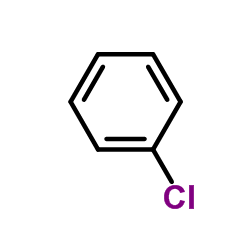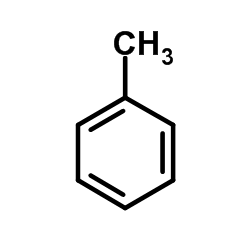| Structure | Name/CAS No. | Articles |
|---|---|---|
 |
Octamethyltrisiloxane
CAS:107-51-7 |
|
 |
Hexamethyldisiloxane
CAS:107-46-0 |
|
 |
Chlorobenzene
CAS:108-90-7 |
|
 |
Toluene
CAS:108-88-3 |
|
 |
Thiol-C9-PEG4
CAS:130727-41-2 |